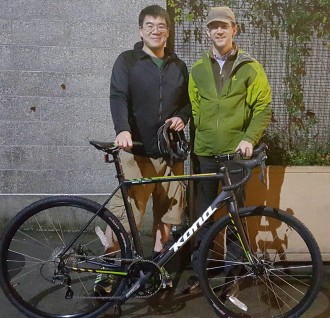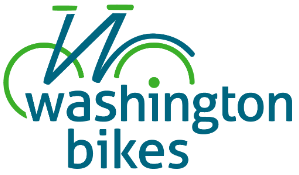
To many grassroots bike activists in the Seattle area, Brock Howell may have been until recently the face of Cascade Bicycle Club.
Howell left Cascade in November shortly after an election where the club’s advocacy team was a major part of the Move Seattle levy win, and seven of eight Cascade-endorsed City Council candidates won their seats.
A seriously hard worker (“like hey, dude, you gotta sleep at some point”), Howell has been a major force behind the club’s grassroots-empowering advocacy efforts since joining the staff in 2013.
Though he credits his predecessor Craig Benjamin for framing up the idea, Howell has been a major force behind the club’s Connect Seattle teams along with fellow advocacy staffers Robin Randels and Kelli Refer (who, full disclosure, is my wonderful spouse). Fueled by the club’s innovative Advocacy Leadership Institute (“ALI”) — which trains everyday people to become effective campaigners and advocates — the Connect teams are led by engaged community members determined to make change.
“The whole point of ALI is to get more people trained to do great organizing,” a much more relaxed Howell said recently over beers. The big shift in thinking here is that volunteers should get a core say in what is important and how to make the changes needed to get there. (more…)













